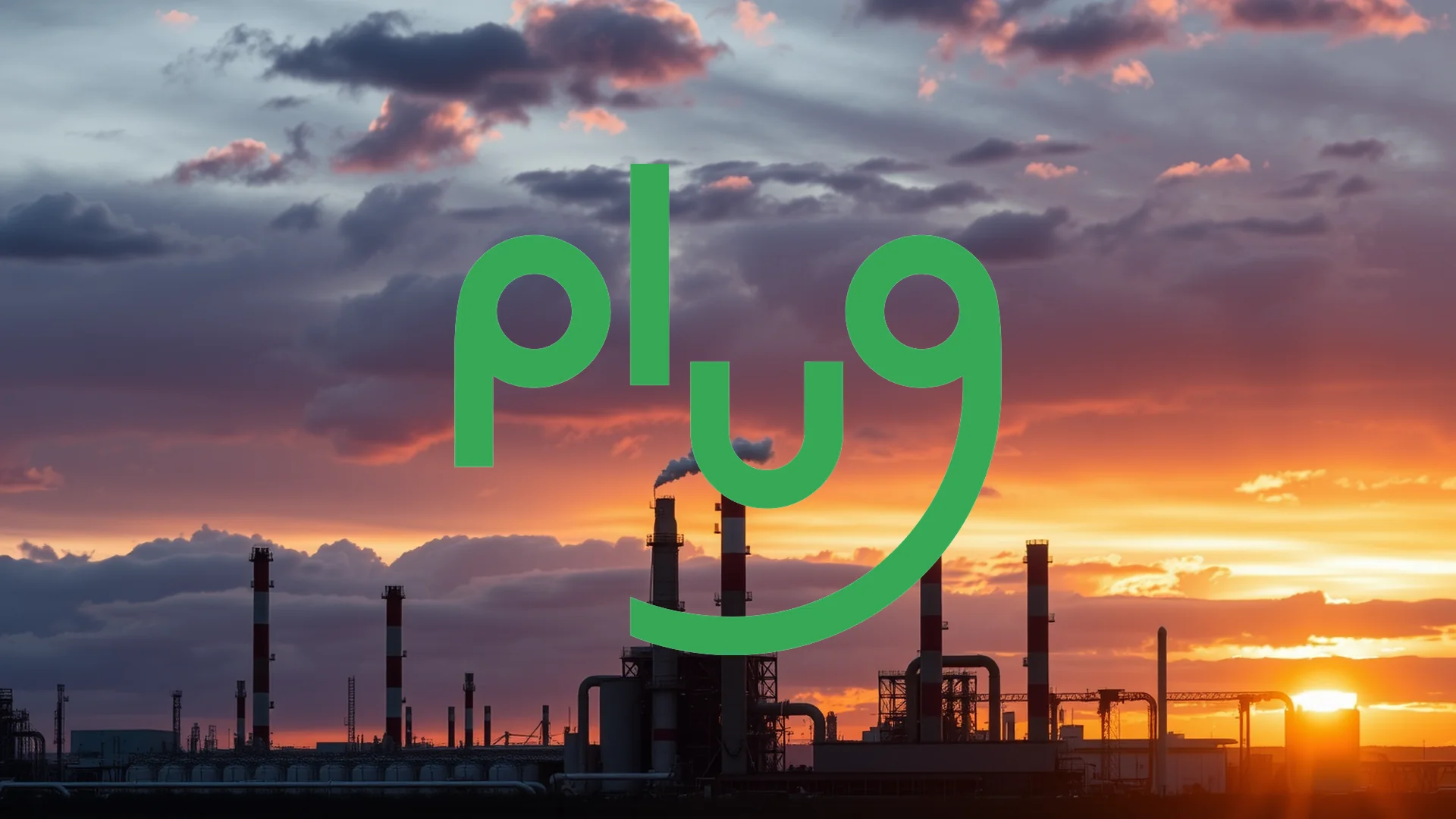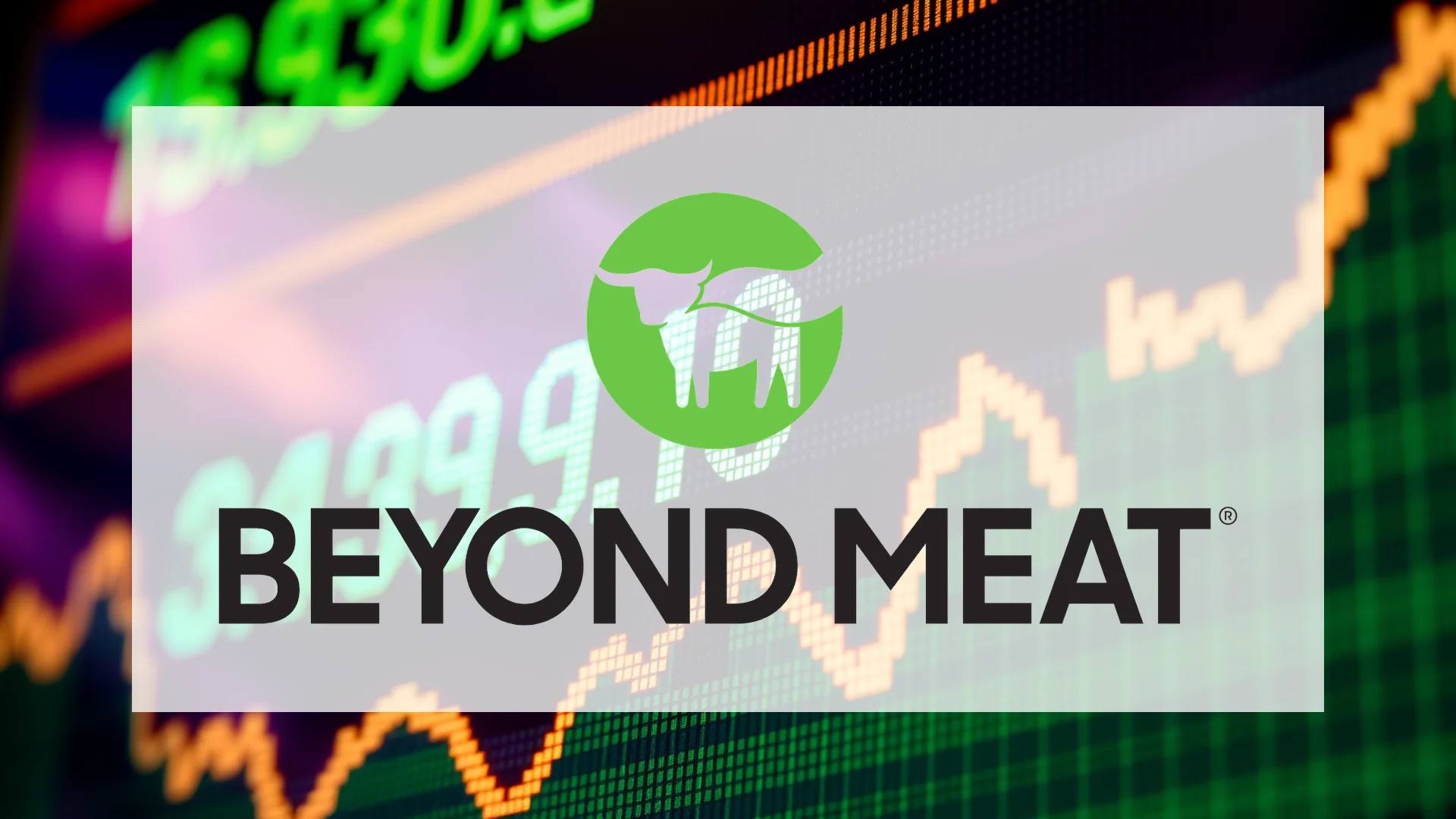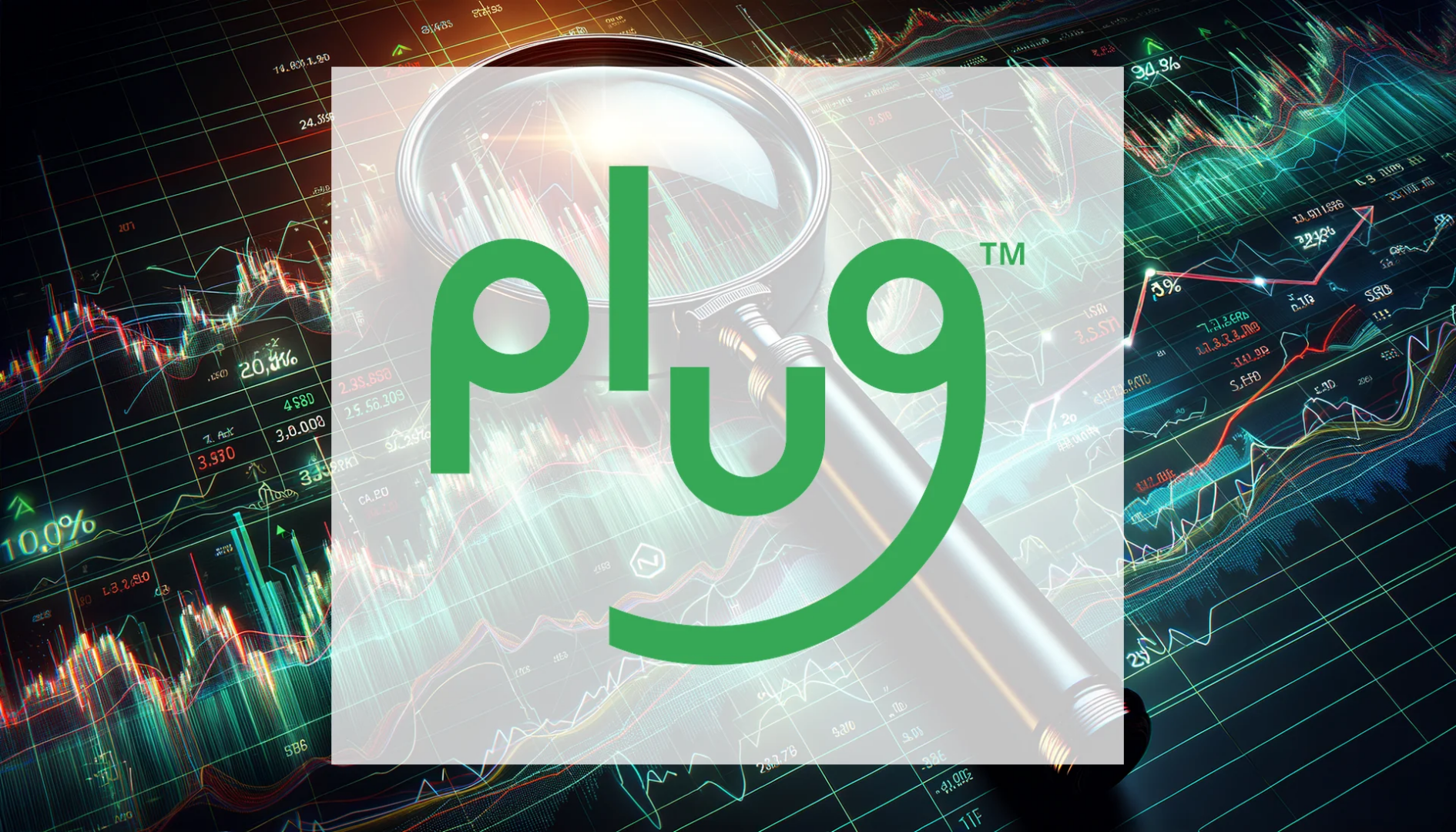Industrial technology firm Idex finds itself navigating turbulent waters as divergent forces shape its trajectory. While a strategic acquisition in next-generation optical technology offers promise for future growth, persistent weakness in core markets and a downward revision to guidance have dampened investor sentiment.
Quarterly Performance and Revised Outlook
The company’s second quarter 2025 financial results delivered disappointing news to shareholders. Although revenue climbed 7% to reach $865 million, organic growth remained sluggish at just 1%. More significantly, management revised its full-year organic revenue growth projection downward to approximately 1%, substantially lower than the previously anticipated 1-3% range. The market response was swift and severe, with shares plummeting 9.21% on the day of the announcement.
Segment Performance Reveals Diverging Trends
Performance across Idex’s business units revealed a tale of two realities. The Fluid & Metering Technologies (FMT) segment proved particularly problematic, recording a 2% year-over-year decline in organic sales. This weakness stemmed from challenging conditions across several key sectors including agriculture, energy, water infrastructure, and semiconductors, compounded by a difficult operating environment for European chemical industries.
In contrast, the Health & Science Technologies division demonstrated resilience, driven by robust performance in aerospace and energy transition-related businesses. This divergence highlights the company’s exposure to both struggling traditional industrial markets and more dynamic technology-driven sectors.
Should investors sell immediately? Or is it worth buying Idex?
Strategic Acquisition Signals Future Direction
Just prior to quarter-end, Idex executed a strategic move to bolster its technological capabilities through the acquisition of Micro-LAM for approximately $100 million. The specialized manufacturer focuses on laser-assisted processing and high-precision optics technology. This acquisition will integrate into the HST segment, enhancing Idex’s materials science expertise for future applications in aerospace, defense, and optical technologies.
Despite current operational challenges, the company maintained its commitment to shareholder returns, distributing its 123rd consecutive quarterly dividend of $0.71 per share on July 25. This consistent payout history provides some reassurance to long-term investors during this period of uncertainty.
The central question facing Idex management is whether strategic investments in high-technology areas can sufficiently offset persistent weaknesses in traditional industrial markets. With lowered guidance and ongoing macroeconomic uncertainties, investors remain cautious about the company’s near-term prospects.
Ad
Idex Stock: Buy or Sell?! New Idex Analysis from December 3 delivers the answer:
The latest Idex figures speak for themselves: Urgent action needed for Idex investors. Is it worth buying or should you sell? Find out what to do now in the current free analysis from December 3.
Idex: Buy or sell? Read more here...










